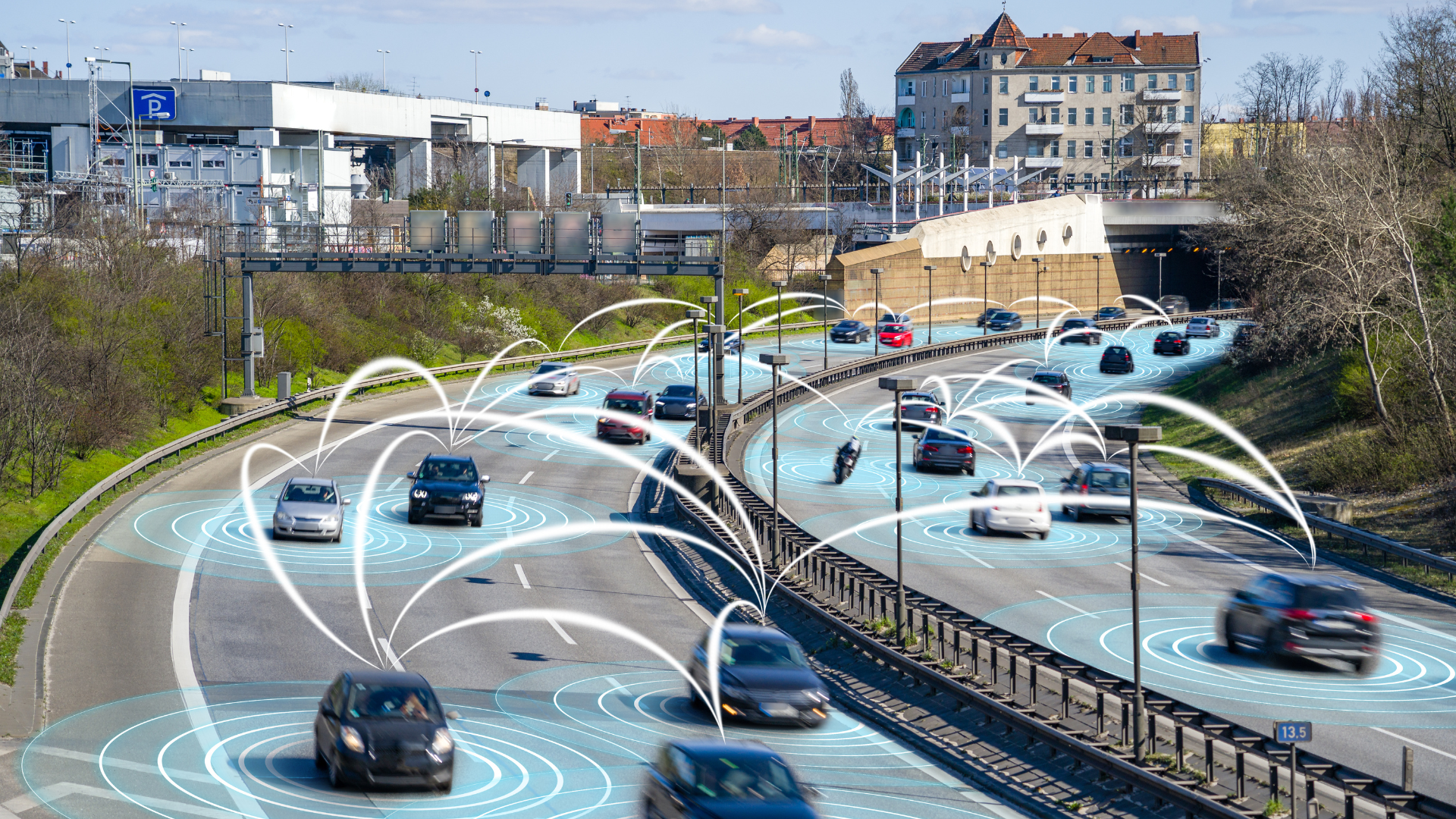In today’s banking landscape, data is no longer a nice-to-have — it’s the difference between inclusion and exclusion, relevance and risk.
Traditional models weren’t built for the complexity of modern lending. From informal incomes to underbanked regions and shifting repayment behaviours, the challenges are real — and so is the opportunity
Here’s how a more contextual, geospatial approach is helping banks and fintechs move faster, act smarter, and lend more meaningfully — by answering strategic questions:
📍 Where do income flows shift by week?
📍 Where is trade cash-based and off-the-grid?
📍 Where do your “unbanked” live, work, and move?
Solving Credit Challenges with the Right Data — Or Building It When It Doesn’t Exist
Growth starts with understanding the lay of the land. Whether launching new products, refining scoring models, or expanding into new regions, data gaps create drag. That’s why forward-thinking teams are using spatial intelligence to:
- Pinpoint income clusters and underserved zones
- Fill gaps in affordability and risk signals
- Build bespoke data models like trended income predictors and contractability scores
This blend of mobility, deeds, demographic, and household data is helping unlock lending potential — especially in places where traditional credit scores fall short.
Visualising Context to Drive Smarter Decisions
Strategy gets stronger when it’s visualised. Through decision-ready spatial dashboards and interactive maps, GeoInt enables:
- Visualisation of lending and risk activity by region, demographic, or environmental factor
- Prioritisation of site expansion, collections, and credit campaigns using local context
- Identification of repayment trends, economic pressure zones, and high-risk areas based on mobility and income signals
No GIS experience required — just decision-ready data, translated into intuitive visuals that make strategy tangible.
Unlocking the Township Economy: Seeing the Unbanked
South Africa’s township economy is vibrant, high-velocity — and largely invisible to traditional banking models.
We’ve built proprietary datasets like the Taxi Index with our partners Mobalyz, which tracks the pulse of informal mobility and economic flows. By layering this with spatial indicators of trade density, footfall, and demographic profiles, we help banks:
- Map informal trade hubs, taxi ranks, and township market ecosystems
- Understand earning potential in cash-based economies
- Build alternative credit models rooted in local context
Our data gives banks visibility into customer segments previously written off as “unscoreable” — enabling more inclusive lending, targeted outreach, and sustainable growth in one of the country’s most dynamic economic frontiers.
Turning Data Into Revenue: A New Role for Internal Assets
As data becomes a strategic asset, banks are beginning to ask: what else can we do with what we know?
From internal APIs to embedded tools for partners and platforms, monetising proprietary data opens up new paths for growth:
- Launch value-added services for clients, agents, or digital channels
- Build compliance-ready datasets for resale or collaboration
- Power strategic partnerships with third-party fintechs and credit ecosystems
If your data helps you make better decisions, chances are it can help others too — and that value doesn’t have to stay locked inside.
South Africa’s credit economy is evolving — and so should the data behind it. Whether you’re improving affordability models, reaching underbanked regions, or exploring new growth frontiers, better context builds stronger credit outcomes.
We don’t just map. We:
- Build data where gaps exist
- Offer bespoke scoring models for informal, underserved, or emerging segments
- Provide no-code, decision-ready dashboards across lending, risk, and strategy
- Support data commercialisation through APIs, resale models, and partner enablement
Whether you’re improving credit access, driving branch strategy, or building a resilient data ecosystem — we partner with purpose.
Let’s explore the potential of your data — together. 👉 info@geoint.africa


